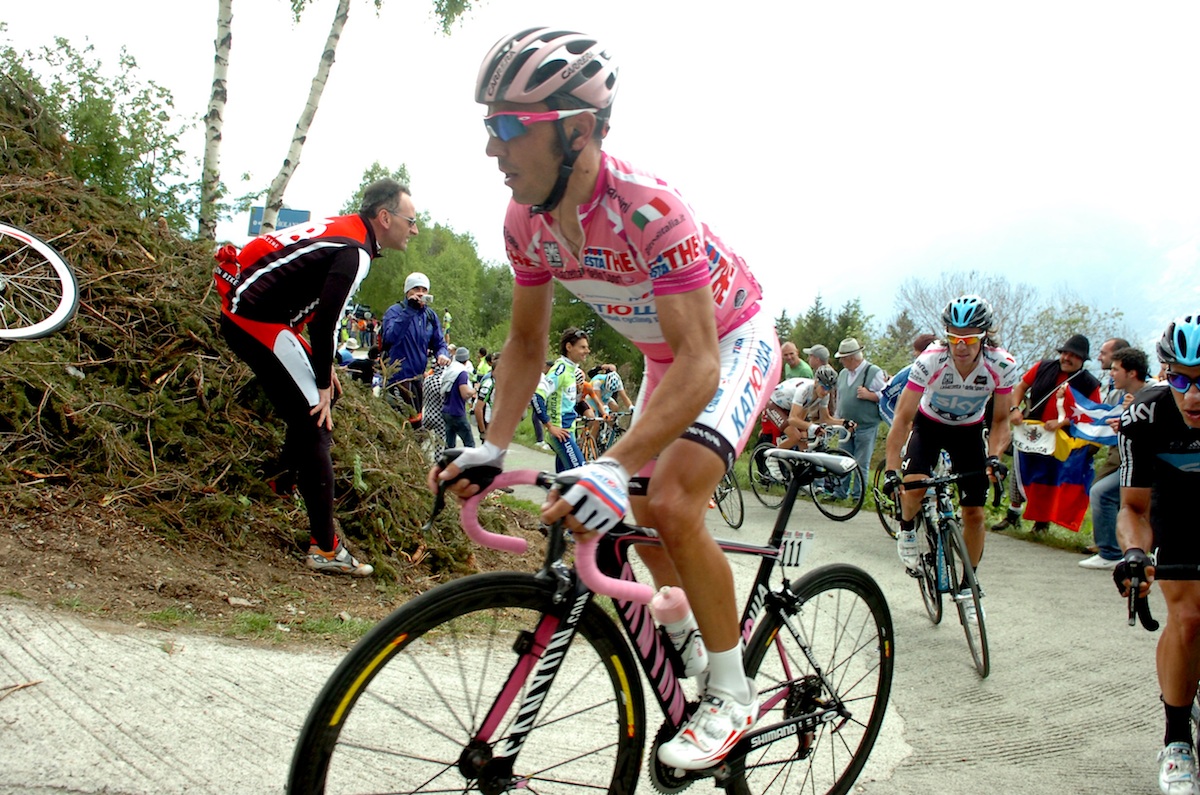Fabric
-
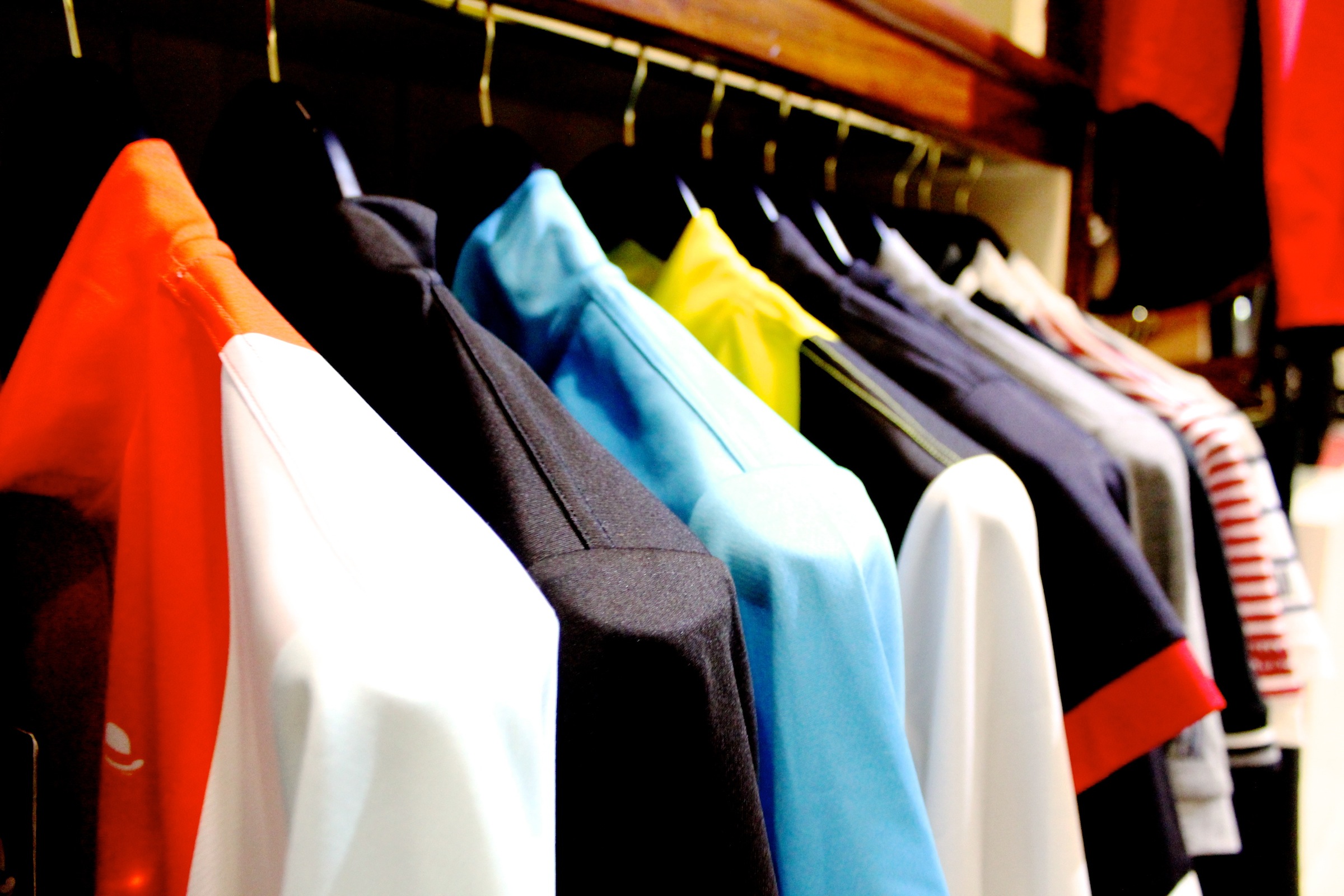
A summer cycling jersey needn't break the bank
-
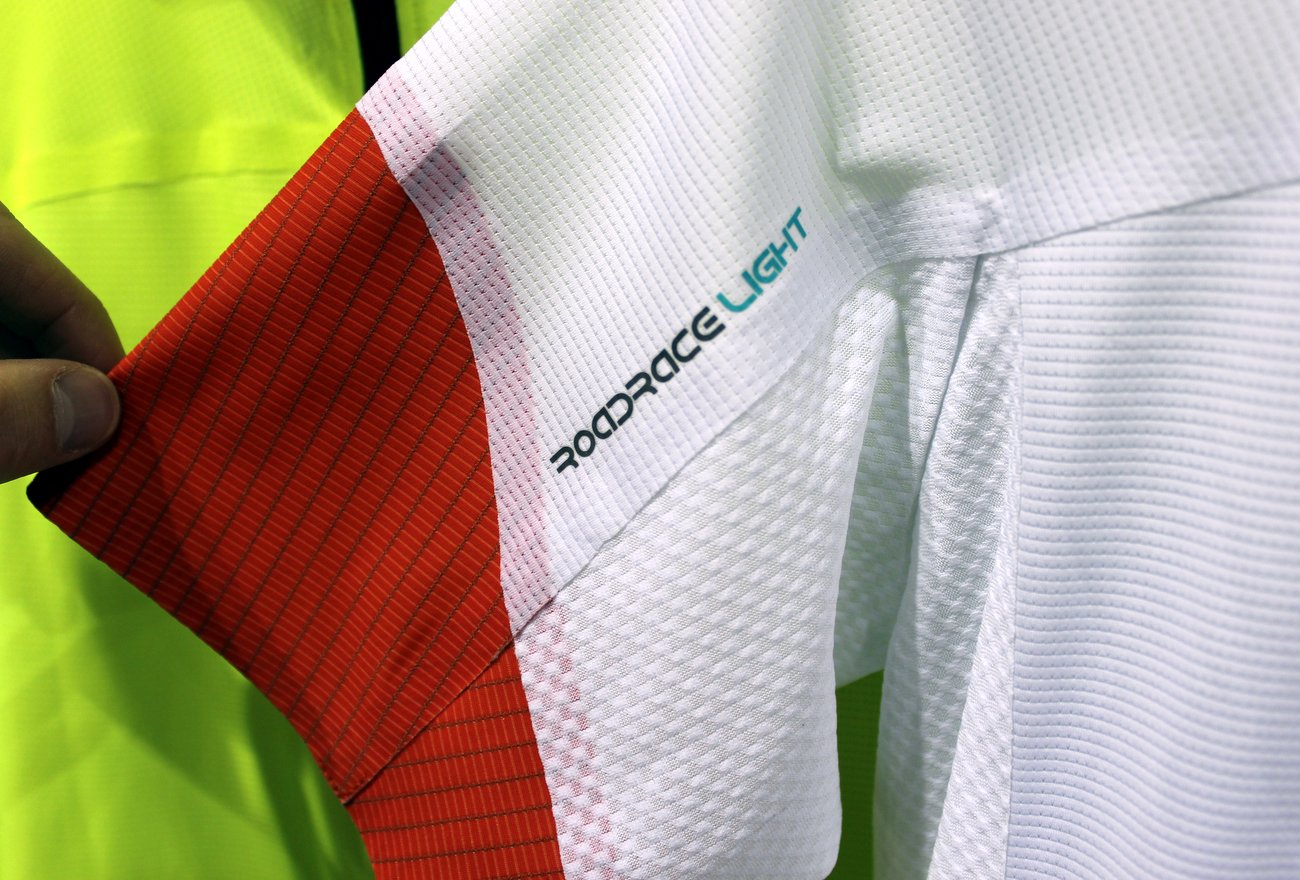
Fabric technology has come a long way in a short space of time
-
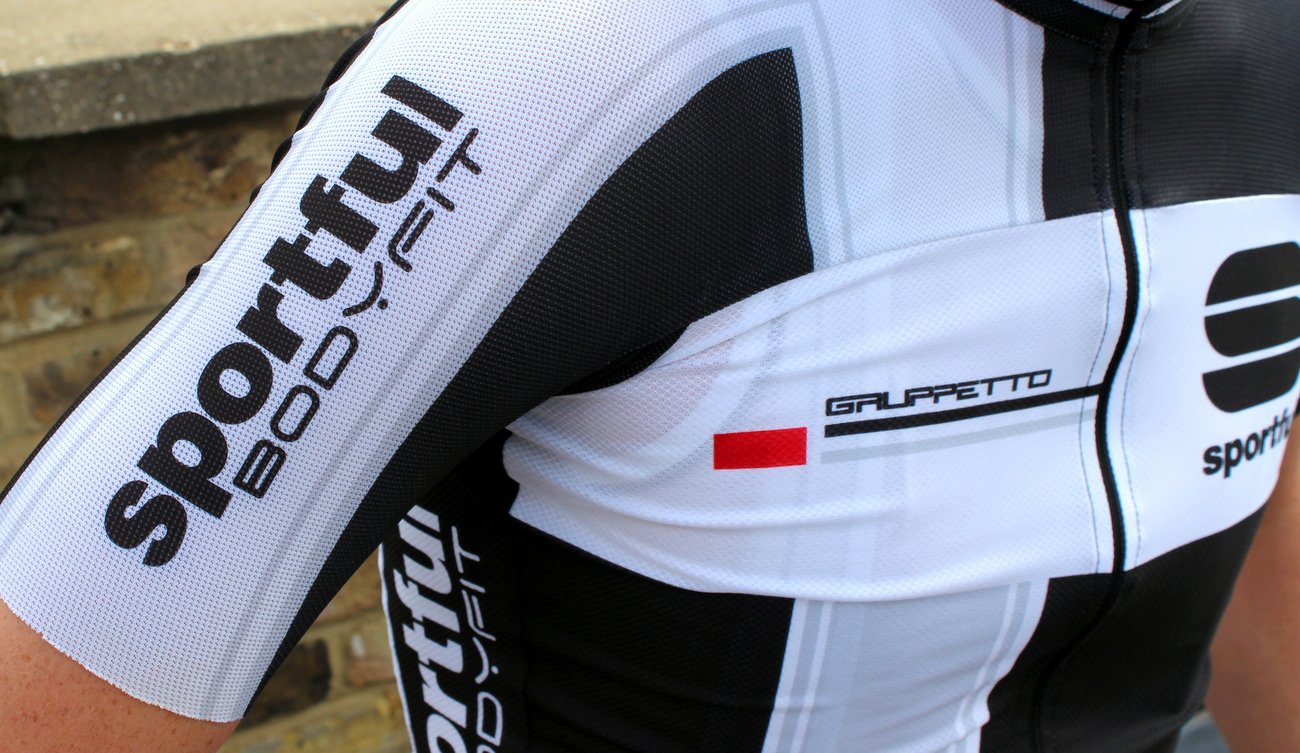
As a general rule, the more you pay, the slimmer the cut is likely to be
-
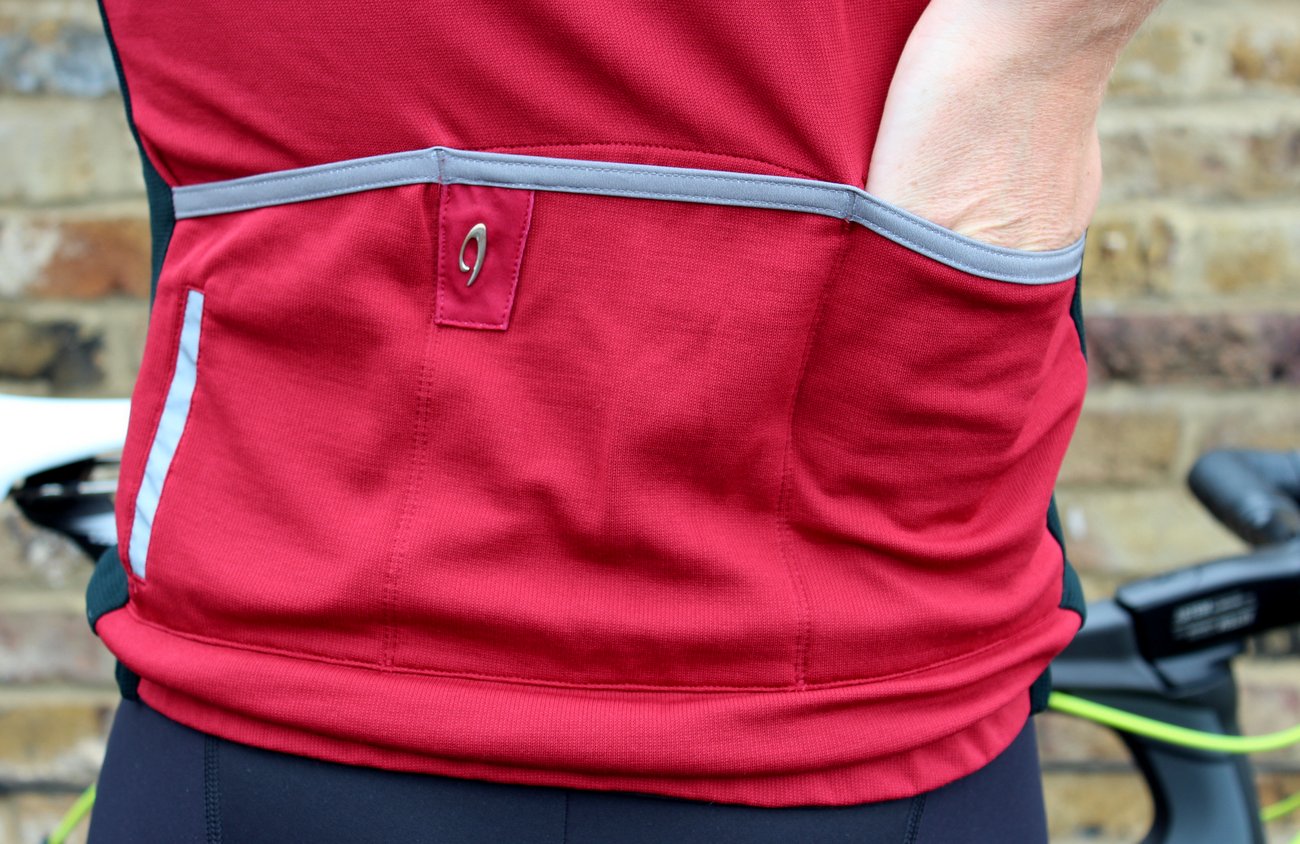
Rear pockets are one of the features that mark a jersey out as a cycling-specific piece of kit
-
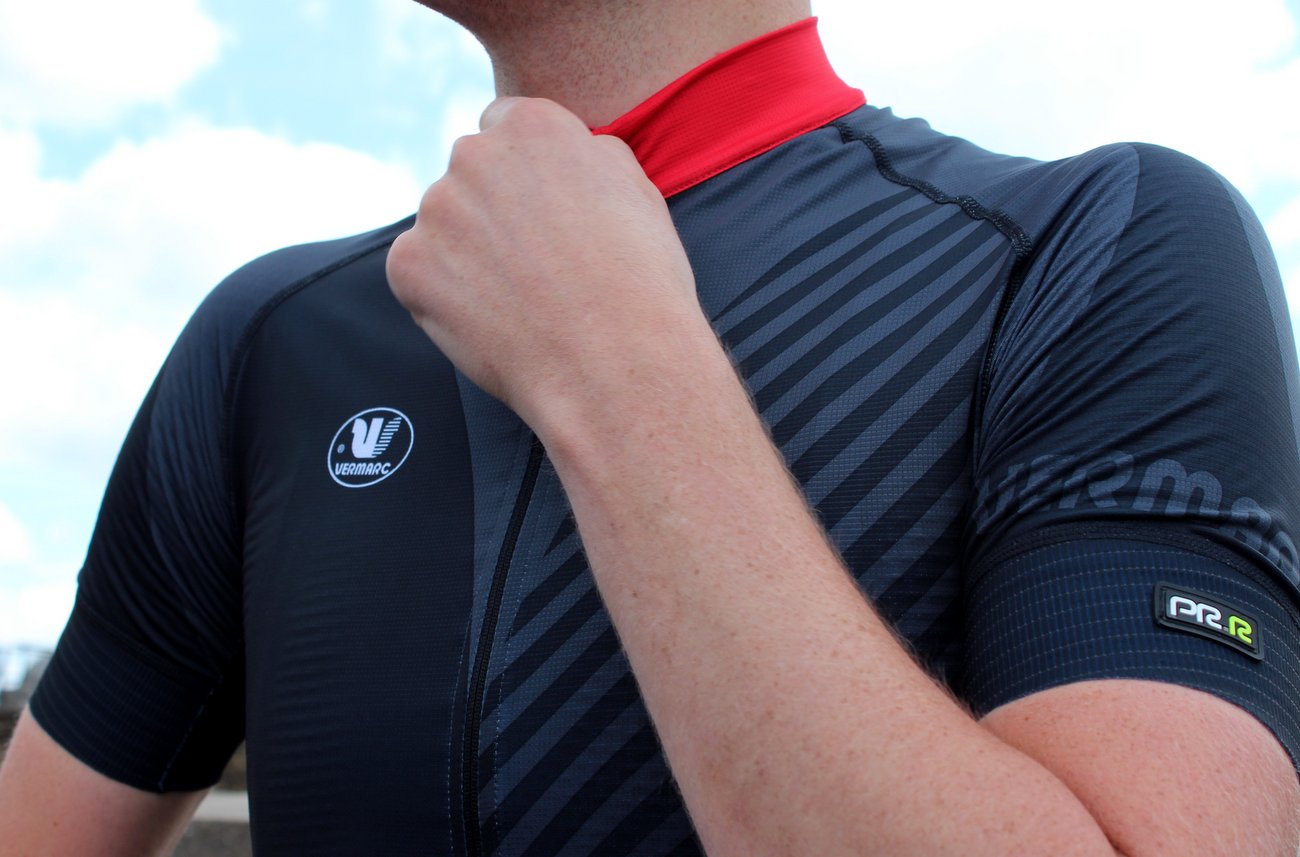
Generally speaking, arm grippers have got wider to better distribute pressure and improve comfort
Fabric
Back in the day, cycling jerseys were made from wool. The good thing about wool is that it was easy to construct jerseys from. The bad thing about wool was everything else. That might be an exaggeration, but riding up a mountain in a sweat-soaked, heavy woollen jersey was what riders did because it was their only option, not because they chose to.
These days, jerseys come in a variety of different materials (including wool), but most are made from polyester in combination with some elastane to provide stretch. The types and properties of the polyester can vary wildly, and most brands have fancy names for their fabrics like Castelli’s StradaPro 3D, Sportful’s Dry Pro or Assos’s enigmatic-sounding Type 151, but in general terms they’re all largely the same type of material.
But what you get can be very different. The first thing to think about is what you’re going to be using the jersey for. If you’re heading off to the Alps mid-summer to tackle the Etape du Tour, then you’re going to want something lightweight and highly breathable (unless the weather turns bad, of course). Nobody is going to want to be slogging up a climb in 30-degree heat wearing a Castelli Gabba, which is more at home in the wind and rain of the Spring Classics. Instead, a large number of manufacturers now offer a super-light jersey designed specifically for high summer. Endura have just launched the FS260-Pro SL, Castelli have the Climber’s jersey, Rapha offer the Lightweight jersey, and Madison have expanded their Road Race Light collection (pictured above), to name four examples.
Similarly, if you’re heading off to Belgium early season to ride the Tour of Flanders sportive, taking a highly breathable climber’s jersey is probably not going to get the job done, and you’ll more likely want something with wind and/or rain protection, depending, of course, on the conditions.
If you’re after a summer jersey, mesh panels on the back and sides will offer added breathability, and you’ll want something with good wicking/moisture transfer properties so that you stay relatively dry and comfortable even when you’re riding hard. If the fabric does become damp then it’ll also dry quickly.
But if you need something with a bit more protection, materials with windproof paneling and Gabba-like water resistance will mean that you can use a jersey paired with arm warmers for much of the year.

